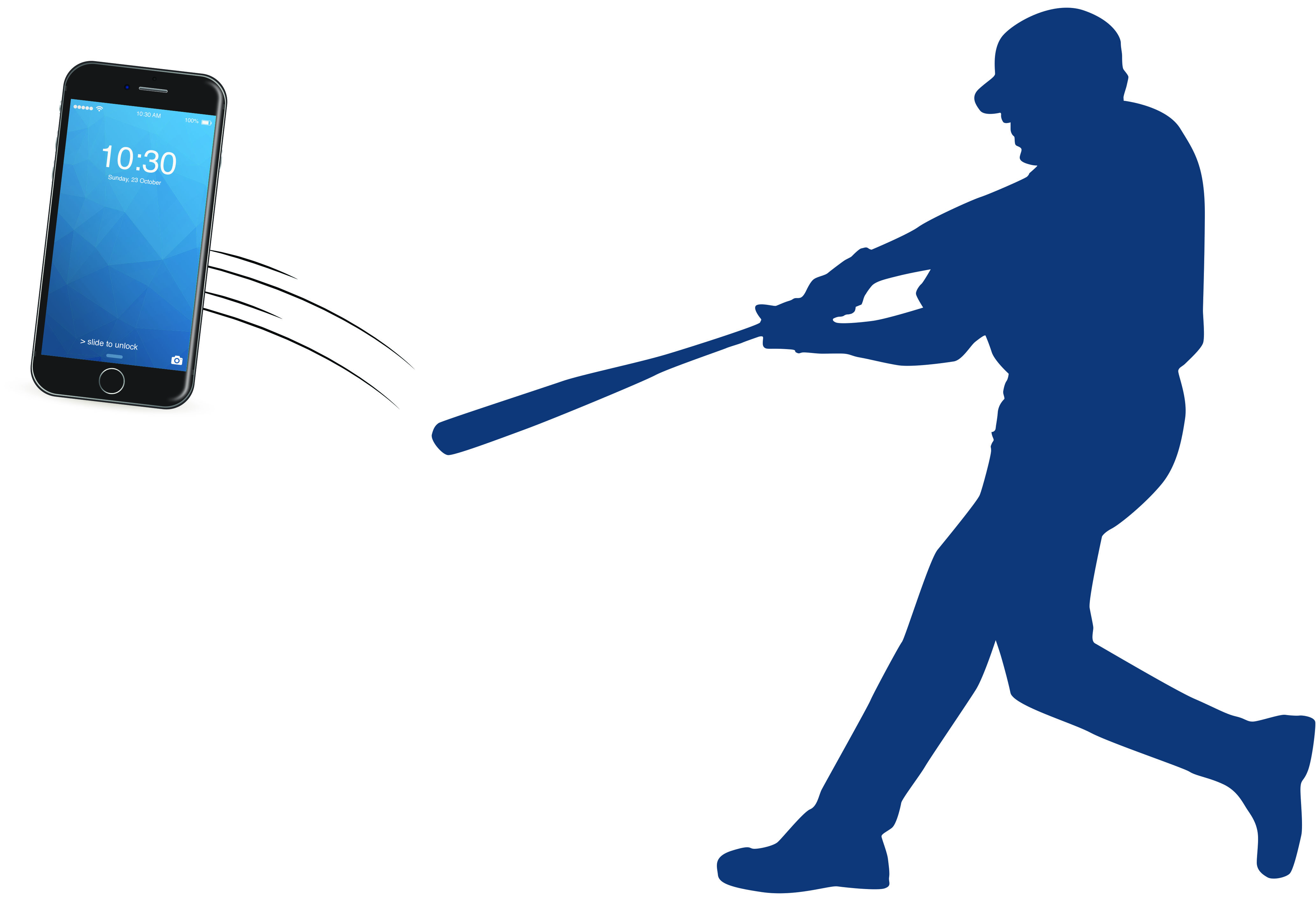By Destiny Jackson, Staff Writer
On Sept. 24, Angels Stadium of Anaheim
Stay tuned: you may be surprised. But first, an introduction to a superstar on that “other” Los Angeles team. While even the most casual baseball likely can name Mike Trout and Albert Pujols as Angels players, many outside of Orange County may not be familiar with Ohtani, or the fact that he is a “two-way player,” one of the 329 in Major League Baseball history who have demonstrated they are equally adept on the mound as at the plate
To receive that designation by Major League Baseball, a player must pitch at least 20 innings and play 20 games as a position player, or designated hitter, with at least three plate appearances in each of those games. Ohtani has done far better than that.
In 2018, in less than 400 plate appearances, he crushed 22 home runs, stole 11 bases and posted a564 slugging average. But he also started 10 games, winning four and compiling an ERA of 3.31. Little wonder he was named rookie of the year.
“The dude is incredible,” said local Angels fan Steve Gillette. “He was purchased as a pitcher and now this guy is kicking [butt] as a hitter! That’s crazy rare. I mean he’s probably giving Mike Trout a run for his money.”
Unfortunately, an injury cut his 2018 season short, and in an effort to keep from further harm, the 25-year-old had been ordered not to pitch until at least next season. But he’s continued his offensive prowess; he’s currently hitting .288 with 16 homers and 11 stolen bases.
When he played his 162nd career game earlier this season, he became the first player in MLB history to have more than 30 home runs and 15 stolen bases in that time frame. And the season before that, he was the first since a guy named Babe Ruth to hit 15 home runs and pitch 50 innings in a season. It’s a wonder Anaheim didn’t name a street after him, but he is finally getting his own appreciation night.
“It’s about damn time,” said marketing major Alicia Clemente. “[Ohtani] has had such a powerful 2018 and an even more amazing 2019 after his injury, somehow, with the Angels. He deserves a special night other than just being highlighted during Japan Day.”
Ohtani is now a star on two continents. “Before I moved to the United States [from Japan], my family and I were huge Ohtani fans,” said CSUDH international student Ami Kobaiyashi.” He’s popular over in my hometown too. I think besides Disneyland, also want to see Ohtani—he’s very good!”
Angels fans have also embraced him. According to calculations by Team Marketing Report and Bill Shaikin of the Los Angeles Times, Angels’ attendance increased by 11% in games where Ohtani was the starting pitcher (data does not include batting). TMR states that if each non-season pass holding fan paid the average ticket price of $30.26, the Angels’ ticket revenue would have increased by almost $600,000.
The Angels have declined requests to say the exact figures that Ohtani has contributed to the stadium directly other than mentioning that his sports jerseys outsold Mike Trout’s and that they have been able to secure sponsorships from some prominent Japanese companies like Japan Airlines and Toyota.
By now you must be dying to know about the CSUDH connection. Well, to be honest, I think Ohtani’s great, and I just wanted to write about him. But when informed that I needed to localize the story somehow, I started doing some research. And I discovered something: CSUDH has an incredible connection to Japanese American history, including baseball. Our college had its first Japanese American baseball players (Paul Masuyama and Daryl Masuyama) join the program in 1971, and Paul still holds the record for strikeouts in a season that he set in 1972.
. Also, our baseball field was dedicated in 1973 by Ken Nakaoka, the first Japanese American councilman in the United States. He was elected in 1966 and then went on to be the nation’s first Japanese American mayor in Gardena. He brokered the deal that allowed the American Honda Motor Company to launch started in Gardena in the 1960s and then to Torrance in the 1990s, becoming one of the city’s largest employers.
Before retiring, according to KCET’s Ryan Reft, Nakaoka also got companies like Toyota, Nissan, and Honda to invest over $40,000 in 1974 for the reconstruction of the Gardena Valley Japanese Cultural Institute. Toyota, BTW, also donated $4 million to get our soon-to-be-completed Science and Innovation Building off the ground).
But the biggest connection between Japanese Americana and CSUDH is the CSU Japanese American History Digitization Project. Located partially in the CSUDH Library and fully online through a shared CSU database, this is a collaborative digital history project across the 23 CSU campuses that document the history of Japanese Americans, through their words.
CSUDH’s archives are one of the largest, mainly due to the fact that Japanese Americans, also known as Nikkei, settled in places like Little Tokyo, Gardena and Palos Verdes, particularly after the devastating effects of being placed in internment camps during World War II.
Although today an indispensable part of the Southern California fabric, Japanese Americans toiled for years under terribly racist conditions. They were banned from buying or long-term leasing land for most of the century before 1950 and before World War II, when 40 percent of whites in Los Angeles owned their own home, and 30 percent of African Americans did, only 11 percent of Japanese Americans could say the same.
And that makes Ohtani’s rise to stardom just a little ironic. Because anyone whose success can trigger a saying like “Anaheim: Come for Disneyland, stay for the Sho,” and who signed a $2.3 signing bonus and will soon be making far more than his Major League minimum salary of $545,000, can buy a home anywhere they damn like.

